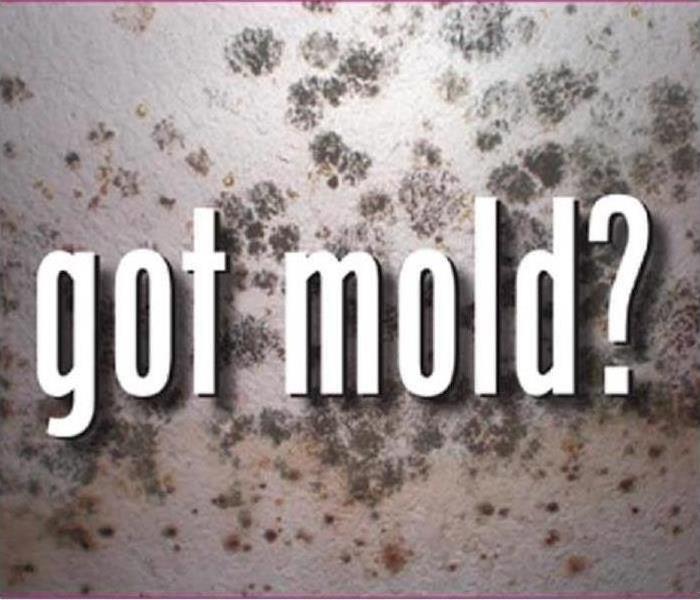Found Mold in Shavertown Home
10/14/2020 (Permalink)
Most people think spring showers bring moisture problems, but it’s in the Fall and Winter that mold tends to become even more of an issue.
In colder weather, warm air from heating systems rises into attics, where it meets under the cold roof, often causing condensation: the perfect home for mold. Mold thrives in moist and warm areas where a food source such as wood is present.
So proper insulation between your attic and living areas is crucial. If you’re not sure your insulation is working properly, you should have it checked.
Most homes have numerous trouble spots for mold and moisture. In homes tightly sealed for winter, warm air can’t easily escape. When windows are sealed tight, condensation tends to collect indoors on windows and even walls, creating an optimal area for mold to grow. In kitchens, steam accumulates from dishwashers. In bathrooms, showers create warm, moist conditions.
Proper Ventilation in these areas of the home are crucial to prevent mold.
Homeowners also need to be aware of mold growth after a winter storm. After a storm, you need to check your home for damage from snow, ice and freezing temperatures to prevent mold from spreading into your home.
Damage can often go unnoticed until the spring thaw, but by then it may be too late because water might have infiltrated the walls of your basement, attic or other areas of your home.
Here’s a checklist to assess key parts of your home:
Roof checklist to prevent mold:
- Check for any loose or missing shingles, which need to be replaced or repaired immediately.
- Inspect for leaks around chimneys, plumbing and attic vents as well as skylights.
- Remove any tree limbs that are near the roof that could potentially break and fall through your roof.
- Examine the attic and crawl space to make sure you have no leaks that could damage the ceilings.
Gutters and downspouts:
- Check to make sure the gutters and downspouts are securely and properly attached to your home.
- Make sure your downspouts are cleared of leaves, branches and any other debris so that water can flow freely.
- Extend downspouts away from your home’s foundation.
- Consider getting a sump pump if you have standing water around your foundation or your crawl space. If you have a sump pump, make sure it’s working properly.
Siding, windows and doors:
Look over your siding to make sure nothing has come loose or is damaged.
Make sure your seals are tight on doors and windows. Check the outside caulking for any damage or leakage.
Wipe up any window condensation on inside windows, especially metal windows.
Consider replacing metal window frames and other exterior door edges with vinyl to avoid air and water leakage.
Basement and crawl space:
Check for water seepage and make sure walls and floors are dry in the basement, especially in cracks or joints where the wall and floor meet.
Make sure there is no standing water in the crawl space.
Purchase a dehumidifier to remove moisture from your basement.






 24/7 Emergency Service
24/7 Emergency Service
